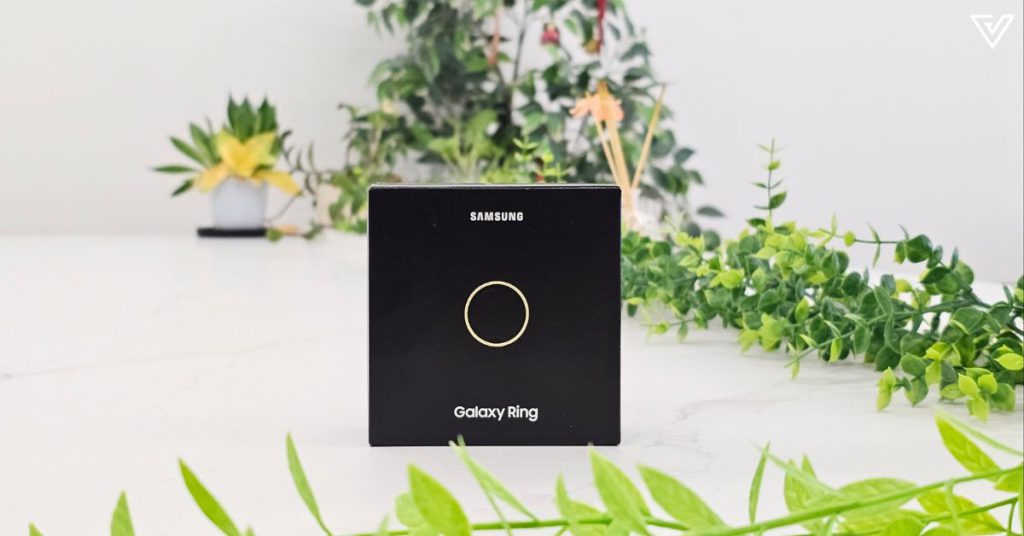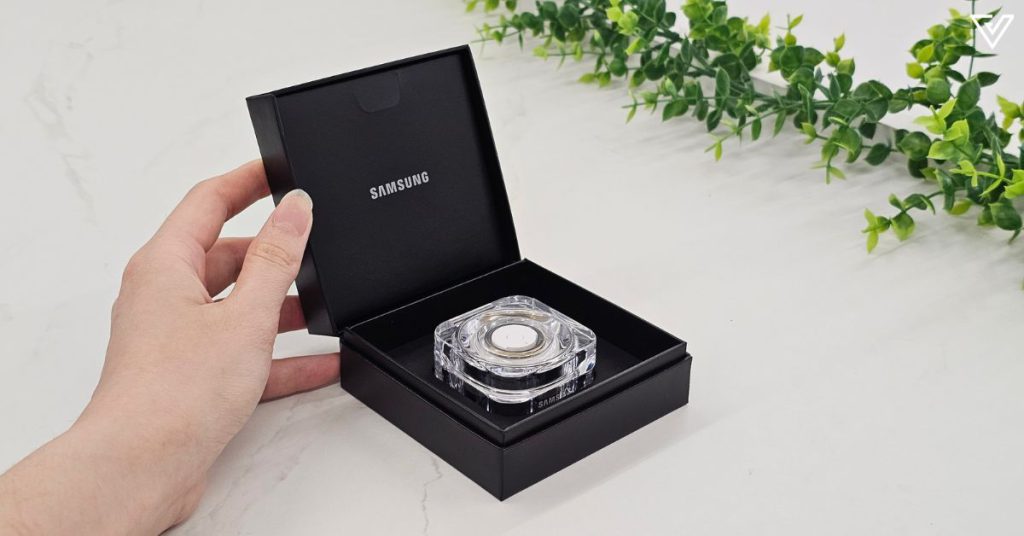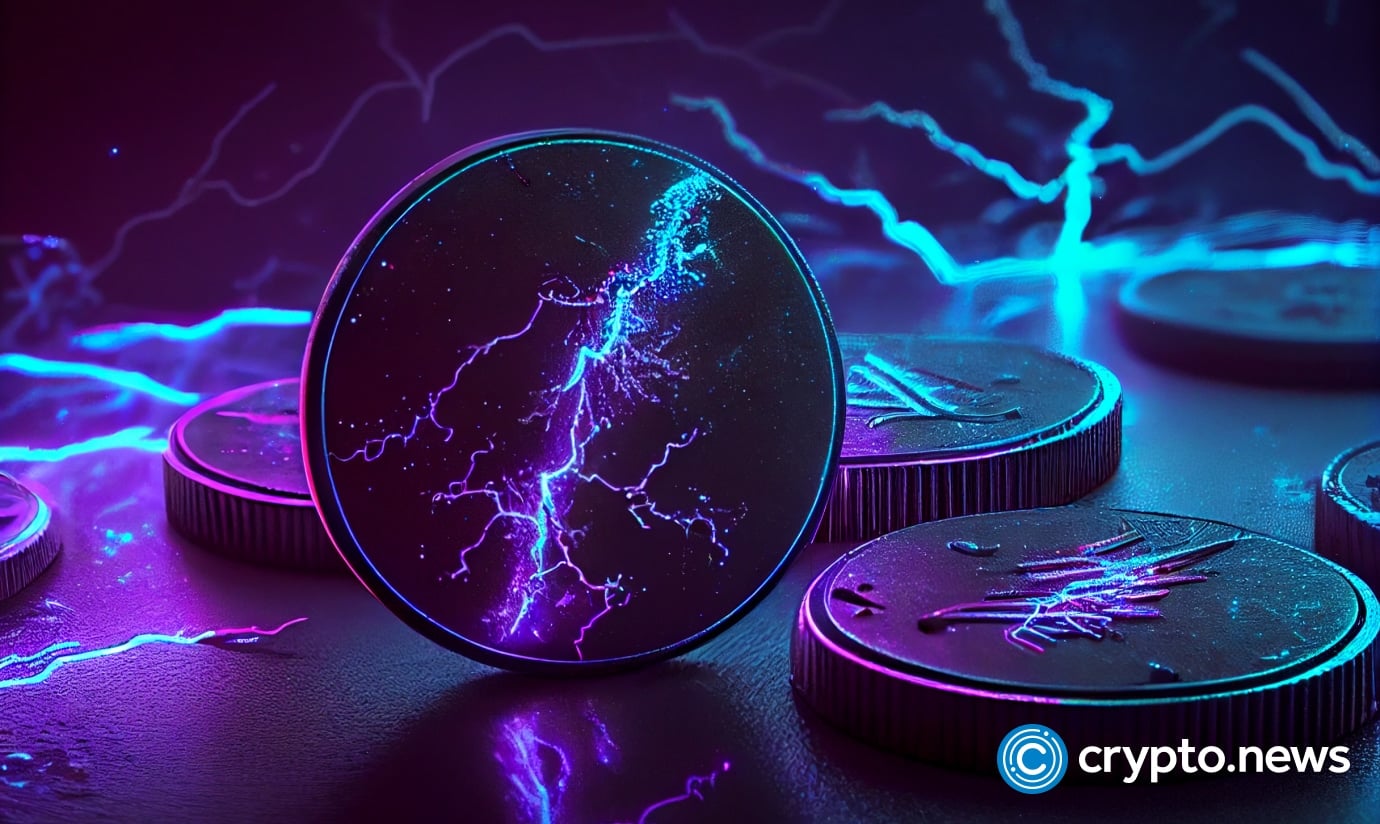The Samsung Galaxy Ring is a cool concept, I just wish it could do more
We test Samsung Galaxy Ring on its health tracking features like sleep, stress, and steps as well as its battery life. Is it worth its price?

The future is now, with health tracking literally at your fingertips (well, almost).
I’m talking about the hot new wearable in town—the Samsung Galaxy Ring.
I was excited. Finally, something new to review that wasn’t another phone or watch or earbuds. I had expectations, but most of all, I had questions.
Would this ring have a place in my life?

Looks matter…
When it comes to wearables. Sure, functionality is first and foremost for many of us, but surely few of us want to be caught wearing something ugly… Right?
On the topic of looks, I find the Galaxy Ring to be a bit too masculine for my tastes. The glossy gold variant we got made me feel like a taikor (I was just missing a chunky gold chain around my neck), so if you’re not going for that look, perhaps the matte Titanium Black or Titanium Silver would be more reserved.
One thing that does bother me a bit regarding the sleek titanium finish of the ring is how easily it seems to tarnish. Much like a shiny phone screen or back, fingerprints are unavoidable, and I’m not equipped with the right kind of tools to properly polish the surface.
My hands are on the drier side, and even I’m leaving marks on the ring, so to whoever typically has oiler or damper hands and is bothered by fingerprints—stay strong, soldier.
The ring comes in sizes 5 to 15, and can weigh up to 3.3 g depending on size. It’s decently comfortable, and you can ignore its presence for the most part, even when sleeping.

Where I ran into problems with the ring was when washing my face, showering, or doing the dishes. Its water resistance wasn’t the issue—it has an IP68 rating—but rather its chunkiness, which would dig into the skin of my face or body, and would clink a little too much against my dishes.
And if you’re not used to wearing rings like I am, just be careful if you wear glasses because I’ve bumped the ring into mine more than once, with at least one scratch on the lens courtesy of it.
Keeping a pulse on my health
Some parts of my health, at least. Namely, the Galaxy Ring tracks sleep, stress, heart rate, steps (and calories), and supposedly menstrual cycles too (by way of body temperature).
Some of these metrics combined then give you your daily energy score, which points out areas of improvement or what health things you did well in.
As someone who doesn’t wear wearables on the regular, I usually just rely on my phone to tell me my steps, but I do enjoy the occasional wearables review when I get more insights on my health through a smartwatch, or in this case, a ring.
I found the ring’s sleep tracking to be pretty accurate, with my own experiences of waking throughout the night reflected in my Wearables/Samsung Health app.
However, the stress tracker doesn’t quite tally with how I feel at times. There have been several times where I felt as though I was pretty stressed and manually started measuring my stress levels, only for the ring to tell me that I was in a relaxed or low stress state. Hmm.
I’m not a menstrual tracker by any means, preferring to live life on the edge, but I did it for once in my life thanks to the ring. Its prediction of my next cycle was off by a day, which was pretty good considering it only had data from last month to work with.
I would say that my cycles are quite consistent and predictable even without a tracker though, so I do wonder how well this would work for someone with irregular cycles.
Other than those features, the Galaxy Ring doesn’t do too much at this point in time. I suppose some people could benefit from the double-pinch gesture, which gives you remote camera control and turns off your alarm.
Since the S Pen no longer has Bluetooth support from the S25 series onwards, I could see the ring being useful for snapping pictures remotely. Unless you already have a Samsung Galaxy Watch that supports that functionality, of course.

Where the Galaxy Ring wins over the smartwatches though is in its battery life, which claims to last up to seven days on a single charge, and best of all, it supports fast charging.
This means that it only has to stay off your finger for just over an hour before you can take it on another one-week spin.
If you wear the ring in tandem with a Galaxy Watch, the battery lasts even longer as the watch can take over some of the ring’s sensor functions.
Verdict
The Galaxy Ring is truly an interesting piece of technology, but in its current form, I can’t see it being a necessary part of my lifestyle.
There’s just more that I would want from a wearable, not just in terms of health tracking but as an extension of my phone.

The ideal Galaxy Ring for me would be one that also allows me to turn off timers (useful for when my hands are busy cooking or cleaning) and to pick up and end calls, alongside more health-tracking features.
Even better if it could do all of that and be hosted in a daintier body.
If you’ve realised that smartwatches aren’t for you, though, perhaps the RM2,099 Galaxy Ring might be the more stylish, health-tracking wearable you’ve been looking for all along, albeit at a more premium price tag.
| Core health-tracking features in a more compact body | A bit bulky for an everyday ring |
| Longer battery life than a Galaxy Watch | Pricier than a basic Galaxy Watch with more features |
| Pretty accurate sleep tracking | Limited gesture support for now |
VP Verdict is a series where we personally try and test out products, services, fads, and apps. Want to suggest something else for us to try? Leave a comment here or send the suggestion to our Facebook page.

 Fransebas
Fransebas 































